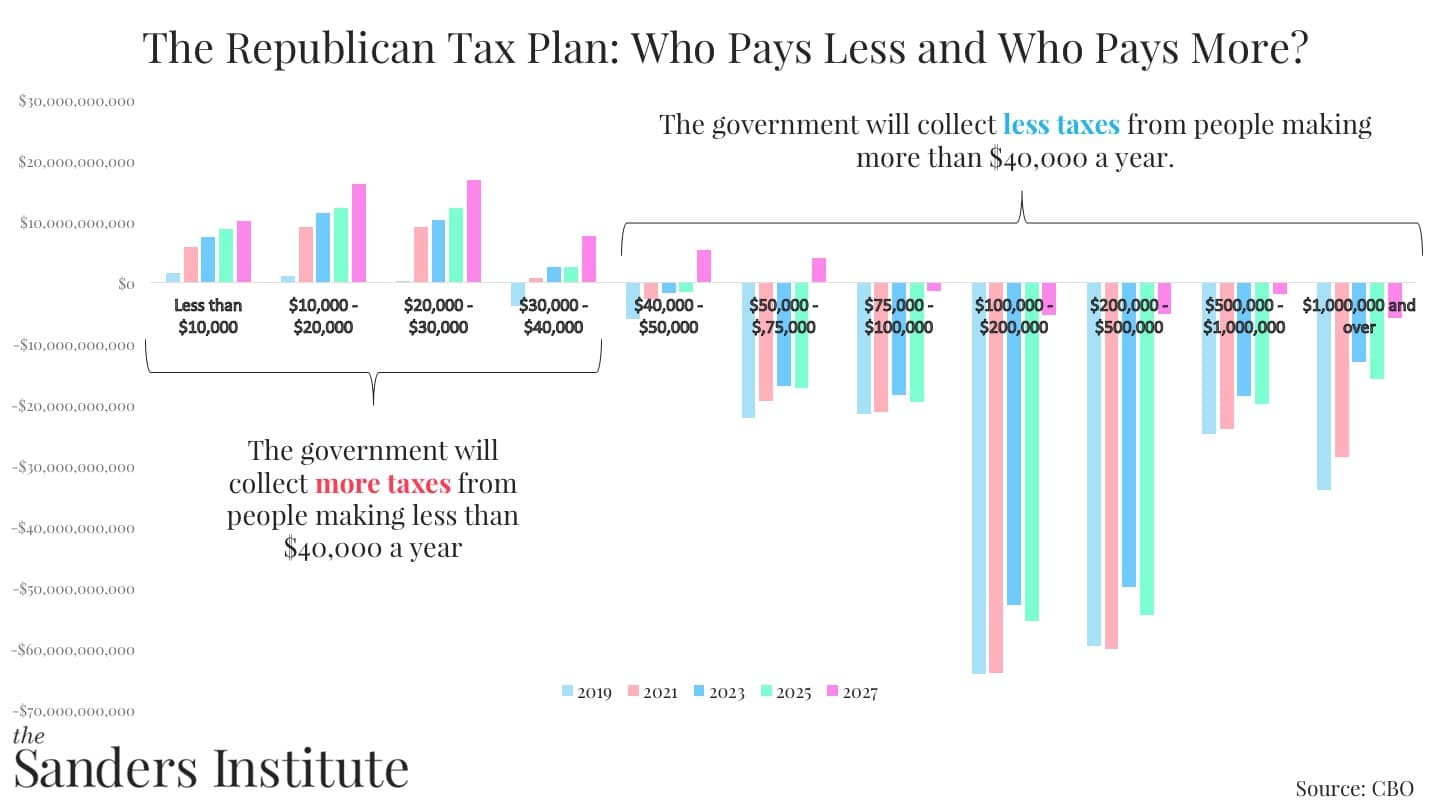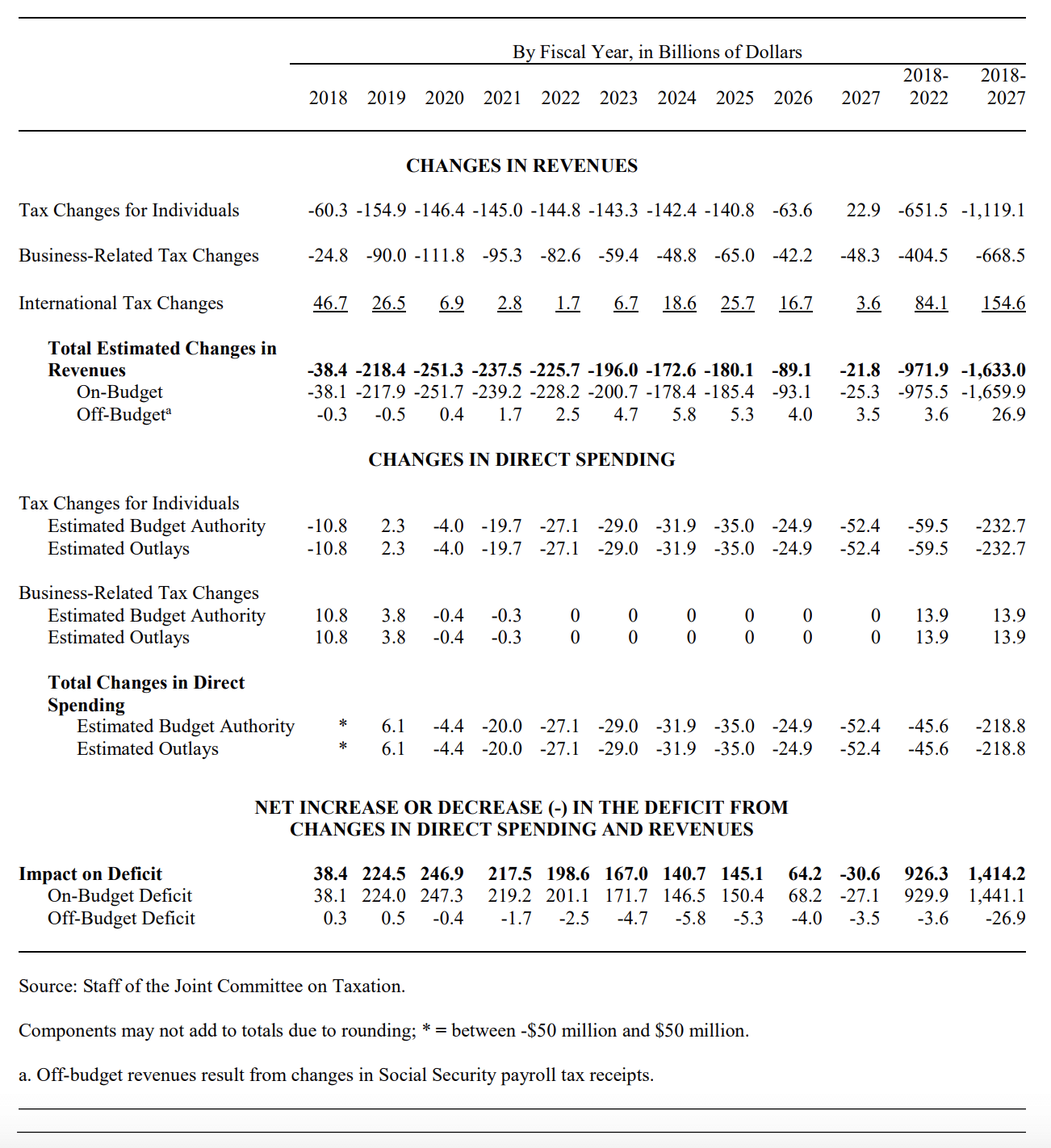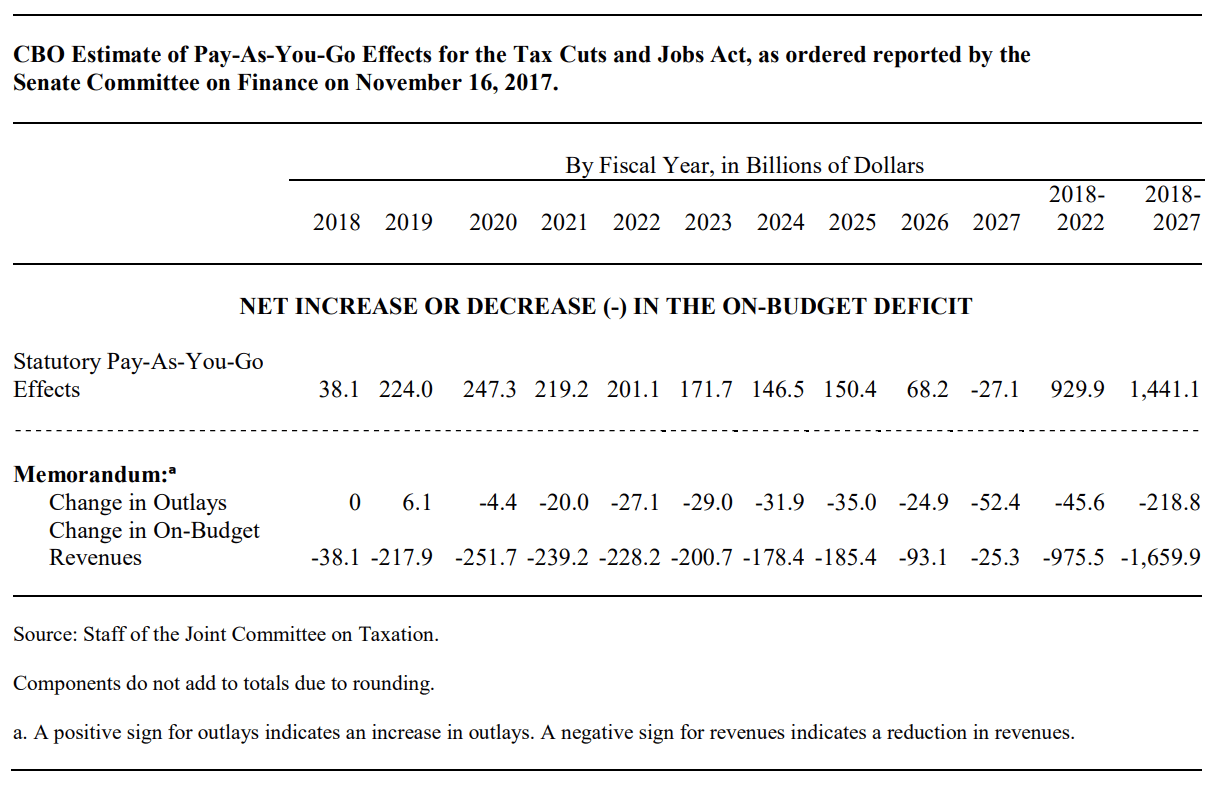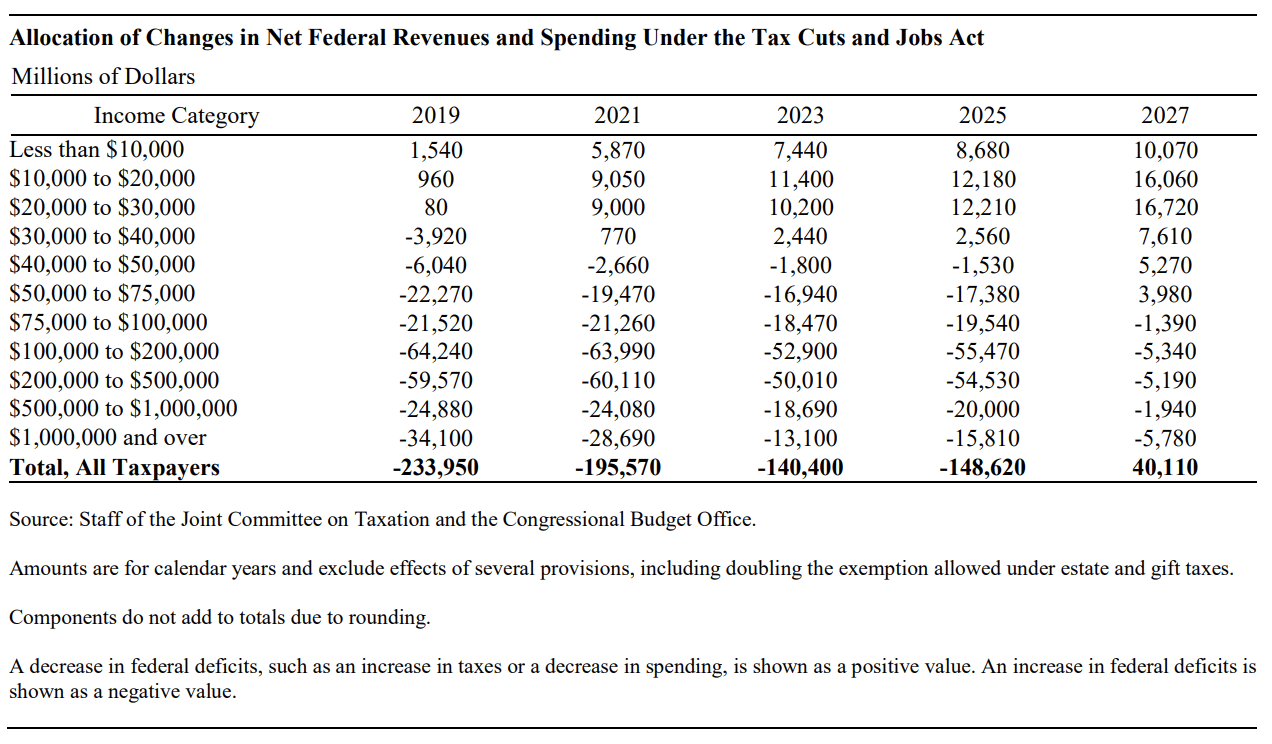In this video, Senator Sanders interviews four journalists from digital media sources: NowThis, The Young Turks, AJ+, and ATTN.
They begin by discussing the evolution of news and especially their role in the 2016 election: covering stories that were largely ignored by mainstream media, and resonating with people who do not feel represented in traditional media (racially, or through their socioeconomic backgrounds.)
The conversation then addresses Net Neutrality. The journalists explain the importance of Net Neutrality and what would happen to internet access without neutrality: “Wealthy corporations get to decide what you get to see. What the public is aware of is no longer the same. Its no longer fair.”
The video ends with a conversation about what the media can do better – to better inform and educate Americans.





